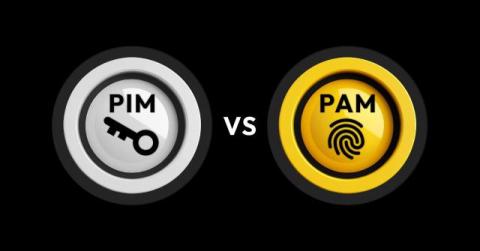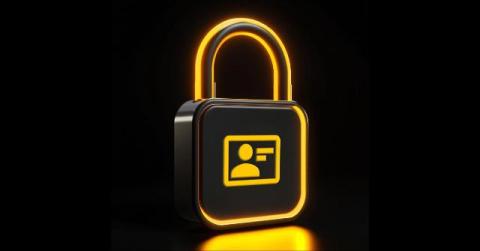PIM vs PAM: What's the Difference?
The main difference between Privileged Identity Management (PIM) and Privileged Access Management (PAM) is their varying focuses. PIM ensures that users have necessary access based on their identity, while PAM stops unauthorized users from accessing sensitive information. Continue reading to learn more about PIM and PAM, in addition to what distinguishes them from each other.











